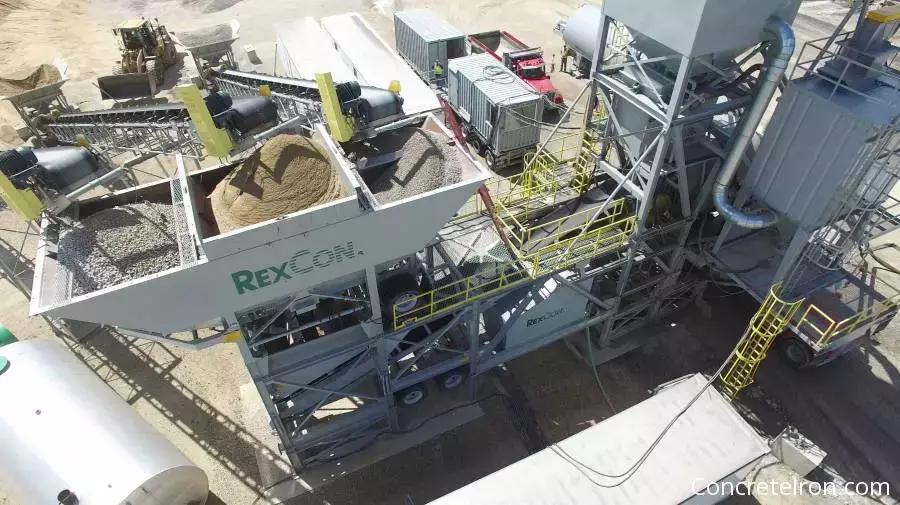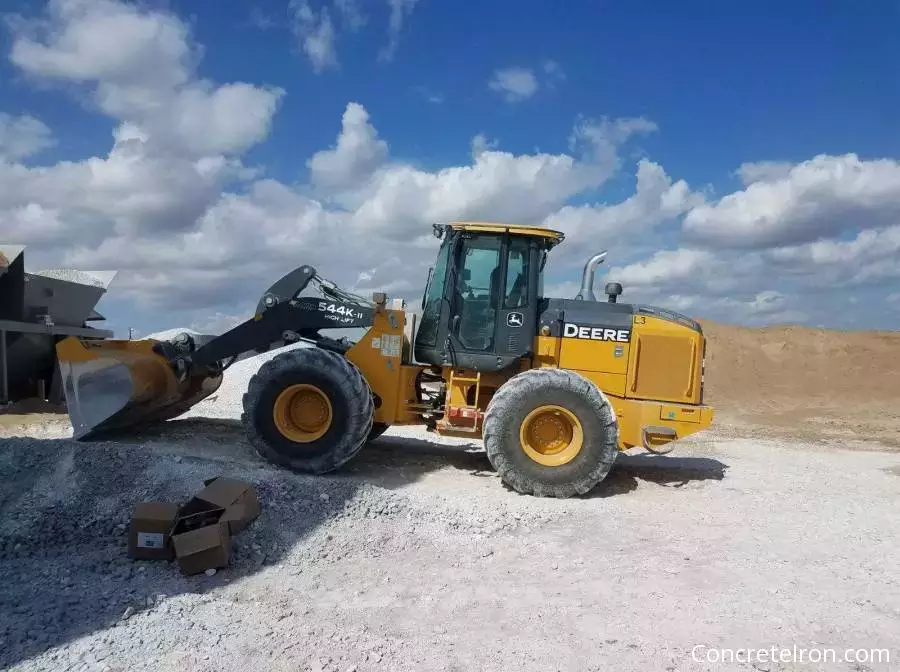
In today’s construction landscape, cellular foam plants provide lightweight, versatile, and high-performance foam. Choosing the right cellular foam plant can help you meet production demands, maintain quality standards, and ensuring operational efficiency. Learn about the key factors that should be considered when selecting a cellular foam plant.
Production Capacity and Output
One of the primary considerations when selecting a cellular foam plant is its production capacity and output. Figure out your production volume requirements so that you know your cellular foam plant has the capacity to meet your demand. Look for plants that offer flexibility for scaling production as needed, allowing you to adapt to fluctuations in demand and project requirements as seamlessly as possible.
Quality and Consistency
The quality and consistency of foam produced by the plant are critical factors to consider. Consistency in foam properties and characteristics is also essential for maintaining uniformity and performance across batches. Evaluate the foam quality standards upheld by the plant and ensure that they align with your project specifications. You should also look for plants that have certifications and robust quality control measures.
Technology and Equipment
Examine the technology and equipment utilized by the cellular foam plant for foam production. Ensure that the plant’s equipment is compatible with the desired foam formulations and capable of achieving the required foam properties. Consider plants that incorporate advanced technology for efficiency, precision, and process optimization, ultimately enhancing overall production effectiveness.
Flexibility and Adaptability
Batch plants offer several environmental benefits that make them a sustainable choice for construction projects.
Reduction in Carbon Emissions: Batch plants utilize advanced technologies and processes to optimize batching operations, leading to reduced carbon emissions. Additionally, batch plants often incorporate energy-efficient components and systems, such as electric motors and energy recovery systems, further reducing their carbon footprint.
Minimization of Material Waste: A cellular foam plant can precisely measure and mix materials according to project specifications, minimizing material waste. This reduction in material waste conserves valuable resources and reduces the need for additional raw materials extraction and processing.
Compliance with Environmental Regulations: Batch plants are designed to meet stringent environmental regulations and sustainability standards such as measures to control dust emissions, manage water usage, and mitigate noise pollution.
Promotion of Sustainable Construction Practices: Batch plants play a crucial role in promoting sustainable construction practices by offering environmentally friendly solutions for material production. As sustainability becomes increasingly important in the construction industry, the adoption of batch plants helps drive the transition towards more sustainable building practices.
Technical Support and Customer Service
Consider the availability of technical support and assistance provided by the cellular foam plant. Opt for plants that also have responsive and reliable customer service lines, ensuring that any issues or concerns are addressed promptly. Additionally, prioritize plants that provide comprehensive post-sales support and maintenance services for your new equipment.
Cost Considerations and Return on Investment (ROI)
Do your best to balance the upfront investment with the long-term benefits and cost-effectiveness offered by the cellular foam plant. Here’s a closer look at the cost factors and ROI associated with cellular foam plants:
Initial Investment: The initial investment includes the cost of purchasing the equipment, installation, and setup. Total amounts can vary depending on the size and capacity of the plant and the level of automation and customization required.
Operational Expenses: Operational expenses include ongoing costs such as raw materials, utilities (electricity, water, etc.), maintenance, and labor. Estimate these expenses to help you better determine the overall cost of operating the cellular foam plant.
ROI Calculation: Calculating the ROI of a cellular foam plant involves comparing the total investment (initial and ongoing costs) against the financial benefits generated over time. These benefits may include increased production capacity, reduced material costs, improved product quality, and competitive advantages. By quantifying the financial impact of the cellular foam plant on revenue and profitability, you can assess its effectiveness as an investment.
Cost Savings and Efficiency Gains: One of the primary drivers of ROI for cellular foam plants is the cost savings and efficiency gains they offer. Cellular foam technology enables manufacturers to produce lightweight, high-performance materials using less raw material compared to traditional methods. Additionally, cellular foam plants can streamline production processes, improve product consistency, and reduce waste, further contributing to cost savings and efficiency gains.
Market Demand and Revenue Potential: Another factor influencing the ROI of a cellular foam plant is the market demand for foam-based products and the revenue potential it represents. As consumer preferences shift towards lightweight, energy-efficient, and sustainable materials, the demand for cellular foam products continues to grow across various industries.
Long-Term Benefits: While the initial investment in a cellular foam plant may require careful consideration, it’s essential to recognize the long-term benefits and competitive advantages it offers. By investing in a cellular foam plant, you can position your business for long-term success, growth, and profitability in the industry.
Selecting the right cellular foam plant is a crucial decision that requires careful consideration. Factors to keep in mind the production capacity, quality standards, technology, and flexibility, that support your project objectives and long-term success.
If you’re in the market for cellular foam plants, click here to view our current listings.







